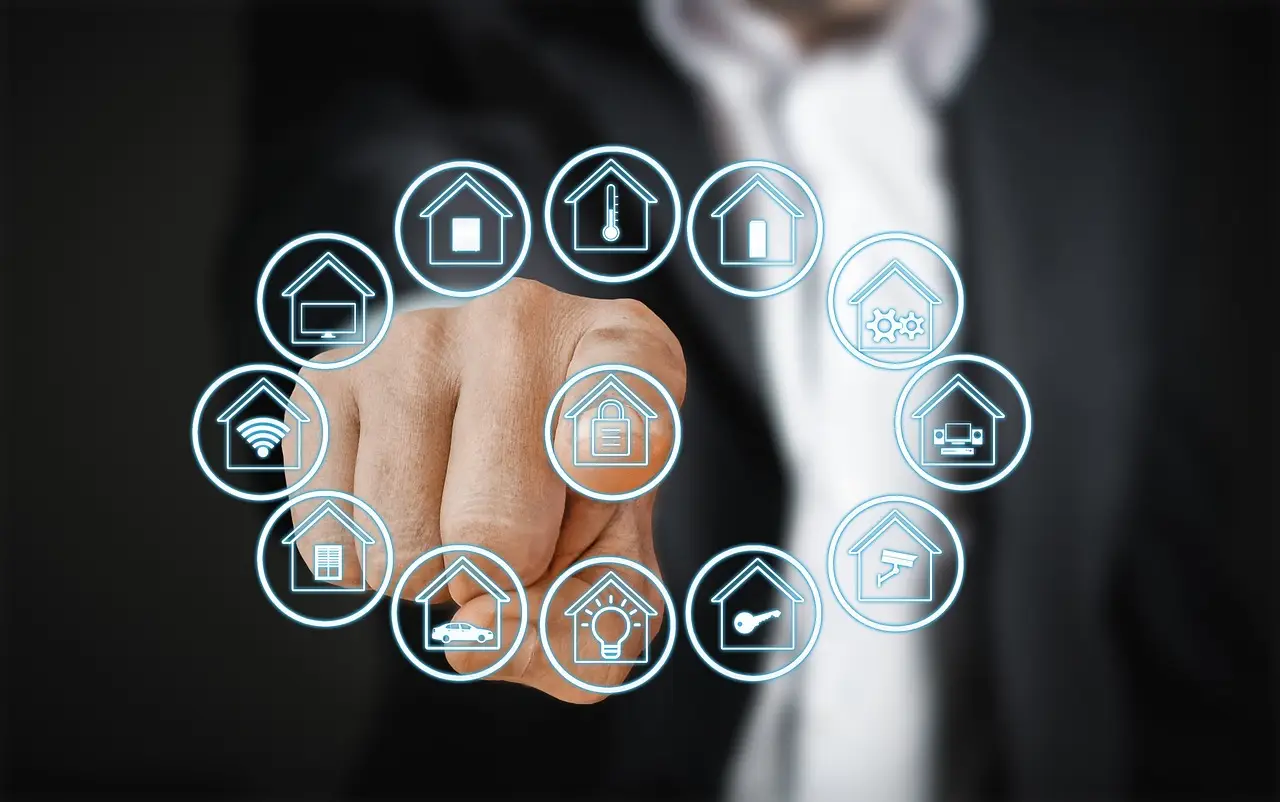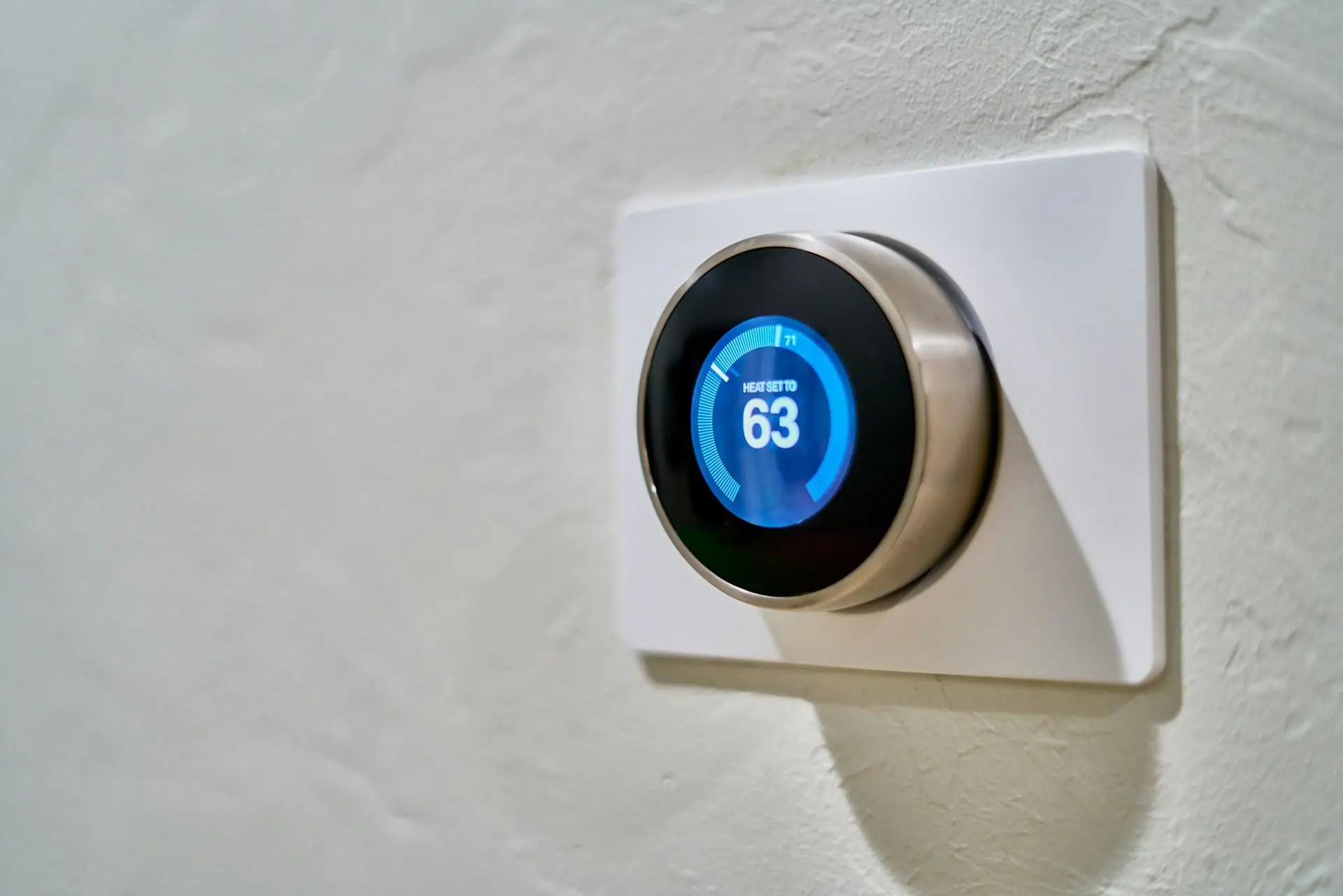The future of smart homes and the pursuit of full automation
In recent years, the concept of smart homes has transitioned from a futuristic idea to an accessible reality. Smart homes are defined by their integration of smart technology—devices and systems that enhance everyday domestic activities through automation, connectivity, and user convenience. Over the past decade, advancements in technology have led to a remarkable evolution in how individuals interact with their living spaces. As society stands on the brink of widespread adoption, the critical question arises: Are we ready for full automation?
Understanding smart technology in today’s homes
The essential components of smart devices
At the heart of smart homes lies an array of smart devices, including thermostats, lights, and security cameras, all connected through the Internet of Things (IoT). The IoT facilitates seamless communication between devices, enabling homeowners to monitor and control them remotely via smartphones or voice-activated systems. This layer of connectivity transforms traditional homes into intelligently managed living spaces.
Trends shaping the adoption of smart technology
Smart home ecosystems such as Google Home, Amazon Alexa, and Apple HomeKit have emerged as frontrunners in creating a cohesive user experience. Adoption rates of smart technology continue to rise, with surveys indicating that millennials and tech-savvy individuals are leading the charge. The appeal of convenience and enhanced functionality has prompted a growing demographic to invest in smart technology, making it an important topic of discussion in residential development.

The drive for complete home automation
The significant benefits of full automation
The move toward full automation holds numerous benefits that promise to reshape the way we experience our homes. Increased convenience achieved through automated lighting, climate control, and security measures elevates the daily living experience. Additionally, enhanced security protocols—such as real-time surveillance and alerts—offer homeowners peace of mind.
Furthermore, smart technology contributes to energy savings and a reduced carbon footprint. For example, smart thermostats can optimize heating and cooling, ensuring that energy consumption aligns with the household's needs, ultimately benefiting both the economy and the environment.
Innovations enabling full home automation
Several key technologies are opening the door to full automation. Artificial intelligence (AI) and machine learning are paving the way for smarter decision-making within homes, allowing systems to learn user preferences over time. Advanced sensors reliant on high-speed connectivity options like 5G and Zigbee deliver instantaneous data, enabling seamless operation of smart devices. Moreover, the integration of renewable energy sources is becoming increasingly vital, setting the stage for sustainable living.

Navigating the challenges of full smart home automation
Addressing technical challenges
Despite the attractive benefits, the journey towards full automation is not without its hurdles. Technical challenges, such as device compatibility and varying standards of smart technology, complicate the integration of systems from different manufacturers. Interoperability is a pressing concern, as incompatible devices can hinder user experience and deter prospective buyers.
Equally alarming are cybersecurity risks. As homes become increasingly connected, personal data—from energy usage to daily schedules—becomes a target for cybercriminals. Establishing robust security protocols is essential to safeguard consumers against potential breaches.
Considering social and ethical implications
Social and ethical implications also warrant attention. The rise of smart homes raises privacy concerns related to the extensive data collection made possible through connected devices. This landscape can foster a dependency on technology, leading to implications for personal privacy and security. Furthermore, as automation systems evolve, the interplay between job displacement and creation remains a contentious topic for policymakers and citizens alike.
Assessing readiness for full home automation
Gauging consumer sentiment and preparedness
Examining consumer preparedness is crucial in gauging the readiness for full home automation. Public perception of smart technology is generally positive, but barriers to adoption persist. Issues such as the cost of outfitting a home with smart technology and skepticism about its practicality hinder investments.

Evaluating infrastructure support
For full automation to thrive, foundational infrastructure must be in place. High-speed internet availability is a prerequisite for effective connectivity and is not uniformly accessible in all regions. Additionally, a supportive regulatory environment enhances development. Government policies aimed at incentivizing infrastructure investment are vital for enabling widespread smart technology deployment.
Looking ahead: The future of smart homes and automation
Anticipating innovations
The trajectory for smart home development appears promising. Anticipated technologies, including more sophisticated AI and advanced robotics, hold the potential to redefine home living. Major tech companies are already investing significantly in smart home research, indicating a commitment to shaping this evolving landscape.
Envisioning societal transformations influenced by smart technology
The adoption of smart technology is poised to yield significant societal changes. As smart homes become more prevalent, shifts in living standards and lifestyle patterns will unfold. These advancements may create a technological divide, with urban areas experiencing faster integration than rural counterparts, necessitating a collaborative approach for equitable access.
As society evaluates the readiness for full automation in smart homes, it is crucial to balance the potential benefits against the challenges presented. Smart technology undoubtedly enhances convenience and efficiency, but stakeholders—consumers, businesses, and policymakers alike—must work collaboratively to navigate barriers, ensuring a secure and sustainable future. Engaging with these considerations today will ultimately determine the pace at which smart technology integrates into daily life, fostering a smarter tomorrow.








